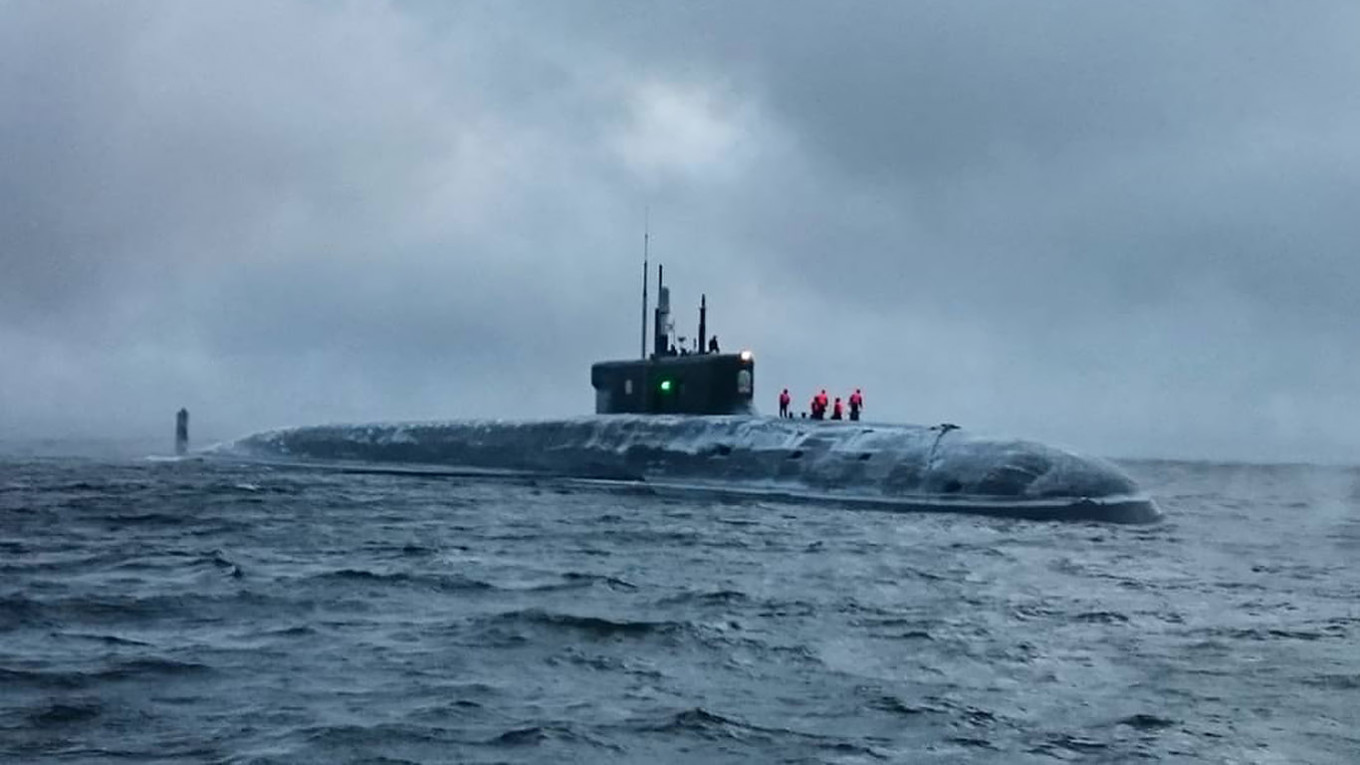
Russia's nuclear arsenal has come under renewed scrutiny following its strike on Ukraine with the new Oreshnik ballistic missile capable of carrying nuclear warheads.The attack, Moscow said, was a response to Ukraine's use of United States and British-made missiles to hit Russian territory.The latest escalation in Russia's nearly three-year war on Ukraine comes just days after President Vladimir Putin approved changes to Moscow's nuclear doctrine to permit a nuclear response to conventional non-nuclear attacks on Russian soil.Putin also last month stated that military facilities in Western countries that allowed Ukraine to use their weapons for strikes on Russia could themselves become targets raising fears of Moscow's potential use of nuclear weapons.On Thursday, Putin said that Russias military command was selecting targets to hit in Ukraine, threatening that future strikes could target government buildings in Kyiv.Here is an overview of what we know about Russias nuclear weapons:How large is Russia's nuclear arsenal?Russia and the United States together possess almost 90 percent of all nuclear weapons, according to a 2023 report by The Stockholm International Peace Research Institute (SIPRI).Yet, Russia has more nuclear warheads than any other country approximately 5,580 warheads which is 47% of the world's total stockpile, the Federation of American Scientists said in March.The number of Russias deployed nuclear warheads stands at 1,710, according to the United States Congressional Research Service.These are distributed across its strategic nuclear triad, comprising about 326 intercontinental ballistic missiles (ICBMs), 12 ballistic missile submarines (SSBNs) equipped with 192 submarine-launched ballistic missiles (SLBMs) and 58 strategic bombers.Russian nuclear submarine Knyaz Vladimir.HoteitH (CC BY-SA 4.0)Russia stopped sharing official data on its strategic nuclear forces with the United States in 2023.
However, Russian officials claim the country continues to adhere to the New START treaty limits, maintaining approximate parity with United States strategic nuclear capabilities.What do we know about Russias new Oreshnik missile?The new intermediate-range ballistic missile called Oreshnik used by Russia in last weeks strike on Ukraine is a nuclear-capable weapon that had not been previously mentioned in public.Putin said that air defenses cannot intercept the Oreshnik, which attacks at a speed of Mach 10 or 2.5-3 kilometers per second.Putin gave more details of its characteristics last week, saying that the missile has "dozens of warheads, homing warheads."Putin added that the missile does not cause mass destruction because "there is no nuclear warhead, and that means there is no nuclear contamination after its use."Military experts have said that, while the Dnipro strike used a conventional warhead, Oreshnik could also carry nuclear warheads.Parts of a missile that were collected for examination at the impact site in the town of Dnipro following an attack on Nov.
21, 2024.Roman Pilipey / AFPThe Oreshnik missile can carry three to six warheads, military expert Viktor Baranets wrote in the Komsomolskaya Pravda tabloid, while Ukraine's intelligence said it had six.Igor Korotchenko, editor of the Moscow-based National Defense Journal, told the state-run TASS state news agency that based on video footage of the strike, Oreshnik has multiple independently guided warheads.What else does Russia have?Russia possesses a diverse arsenal of nuclear weapons and delivery systems, including advanced strategic missiles and hypersonic weapons.One of the backbones of its strategic missile forces includes the RS-24 Yars, an intercontinental ballistic missile with a range of approximately 12,000 kilometers and capable of carrying multiple independently targetable reentry vehicles.The RS-28 Sarmat missile referred to in the West as "Satan 2" with a range of 18,000 kilometers is also capable of carrying nuclear warheads.
TASS said last week that Russia was continuing work to put Sarmat on combat duty.The Avangard, a Russian hypersonic glide vehicle, can also deliver both conventional nuclear payloads.
TASS said that it can travel at a hypersonic speed of about 32,000 kilometers per hour while maneuvering and overwhelming any missile defense.
Complementing this is the Kinzhal, an air-launched hypersonic missile deployed from platforms such as MiG-31 fighter jets, with a range of up to 3,000 kilometers.
The Tsirkon (Zircon) missile extends Russias hypersonic capabilities to the maritime domain, offering a range of 1,000 kilometers and targeting naval and land-based objects.Russias submarine-based nuclear arsenal is anchored by the Bulava submarine-launched ballistic missile, which hasa range of 8,000 kilometers.Russian Tupolev Tu-95MS Bear.Anna Zvereva (CC BY-SA 2.0)In the air, strategic bombers such as the Tu-95MS and Tu-160 serve as delivery systems for nuclear-tipped cruise missiles, including the Kh-101 and its nuclear variant, the Kh-102.Beyond strategic weapons, Russia maintains a vast stockpile of tactical nuclear arms, designed for battlefield use.
These include warheads deliverable by aircraft, artillery systems and short-range missiles like the Iskander-M, which has a range of up to 500 kilometers.
While detailed information on these weapons is less transparent, they play a significant role in Russias regional defense strategy.AFP contributed reporting.

 5
5







